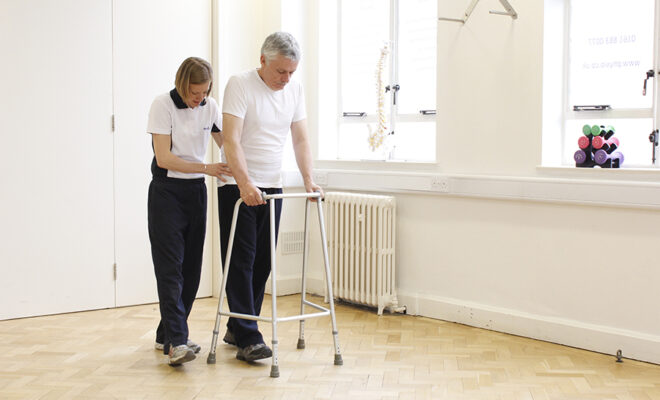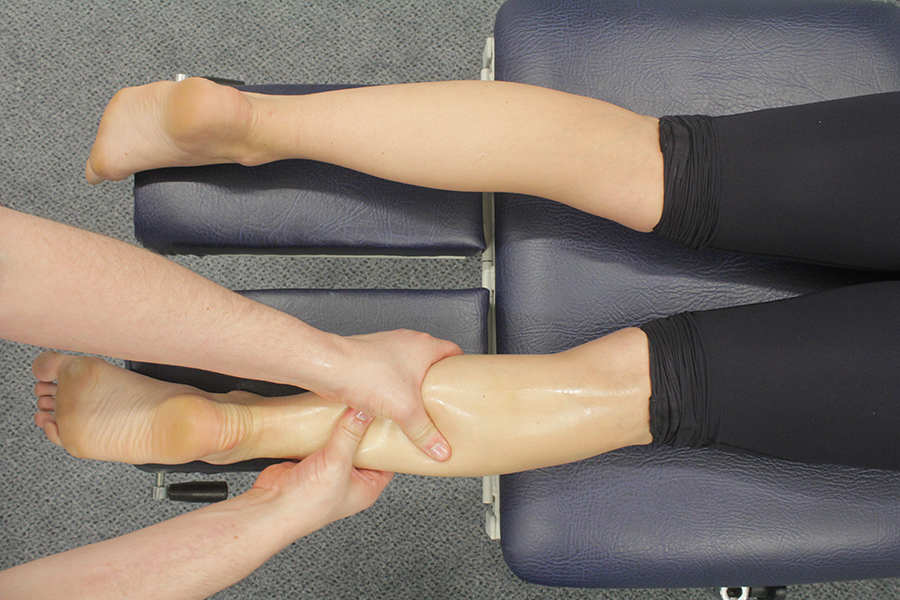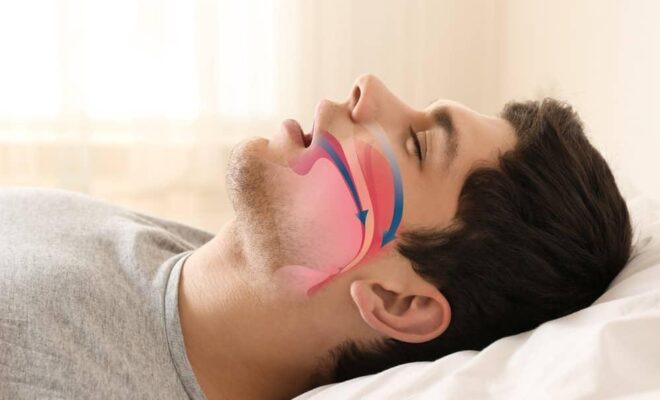How Podiatrists Help In Foot Rehabilitation After Stroke

Recovering from a stroke is a journey. The path to healing often involves many specialists. Podiatrists play a key role in this process. They focus on restoring foot function. This helps improve balance, mobility, and quality of life. Proper foot rehabilitation can prevent risks like falls. Drawing lessons from american fork sports injuries, podiatrists use tailored techniques. They help those affected by strokes regain confidence in their steps. Understanding their work sheds light on the importance of foot care in recovery.
The Role of Podiatrists in Stroke Recovery
Podiatrists are specialists in foot health. After a stroke, the foot can suffer from weakness and poor coordination. This affects the way a person walks. Podiatrists assess the impact of the stroke on foot function. They then create a rehabilitation plan. This plan addresses the specific needs of the individual.
Key Techniques in Foot Rehabilitation
- Gait Training: This involves exercises to improve walking patterns. It helps in restoring balance.
- Strengthening Exercises: These exercises target foot and ankle muscles. They enhance stability.
- Range of Motion Exercises: These exercises maintain flexibility. They prevent stiffness in joints.
Benefits of Podiatry in Stroke Recovery
Engaging with a podiatrist offers numerous benefits. They focus on improving the quality of life. Here are some key benefits:
- Fall Prevention: By improving foot function, the risk of falls reduces.
- Enhanced Mobility: Regaining foot strength aids in better movement.
- Increased Confidence: With improved mobility, confidence in daily activities increases.

Statistics on Stroke and Rehabilitation
Understanding the impact of stroke and the need for rehabilitation is vital. Here is a simple comparison of statistics:
| Category | Without Rehabilitation | With Rehabilitation |
|---|---|---|
| Risk of Falls | High | Reduced by 40% |
| Mobility Improvement | Minimal | Significant |
| Quality of Life | Diminished | Enhanced |
Evidence-Based Approaches
The techniques used by podiatrists are supported by evidence. For example, research by the National Institute of Neurological Disorders and Stroke highlights the effectiveness of gait training. They show that targeted exercises improve recovery outcomes.
Challenges in Foot Rehabilitation
Despite the benefits, challenges exist. Some individuals might face issues like:
- Limited Access to Care: Not everyone has immediate access to podiatry services.
- Motivation and Adherence: Staying committed to rehabilitation exercises can be tough.
- Complex Needs: Each stroke affects individuals differently, requiring personalized plans.
Conclusion
Foot rehabilitation after a stroke is crucial. Podiatrists provide specialized care that makes a difference. By focusing on tailored techniques, they help restore foot function. This improves balance, prevents falls, and enhances overall mobility. As we draw inspiration from stroke recovery resources, it becomes clear how podiatry is integral to recovery. The journey may be challenging, but with the right support, it is possible to regain confidence and improve the quality of life.








